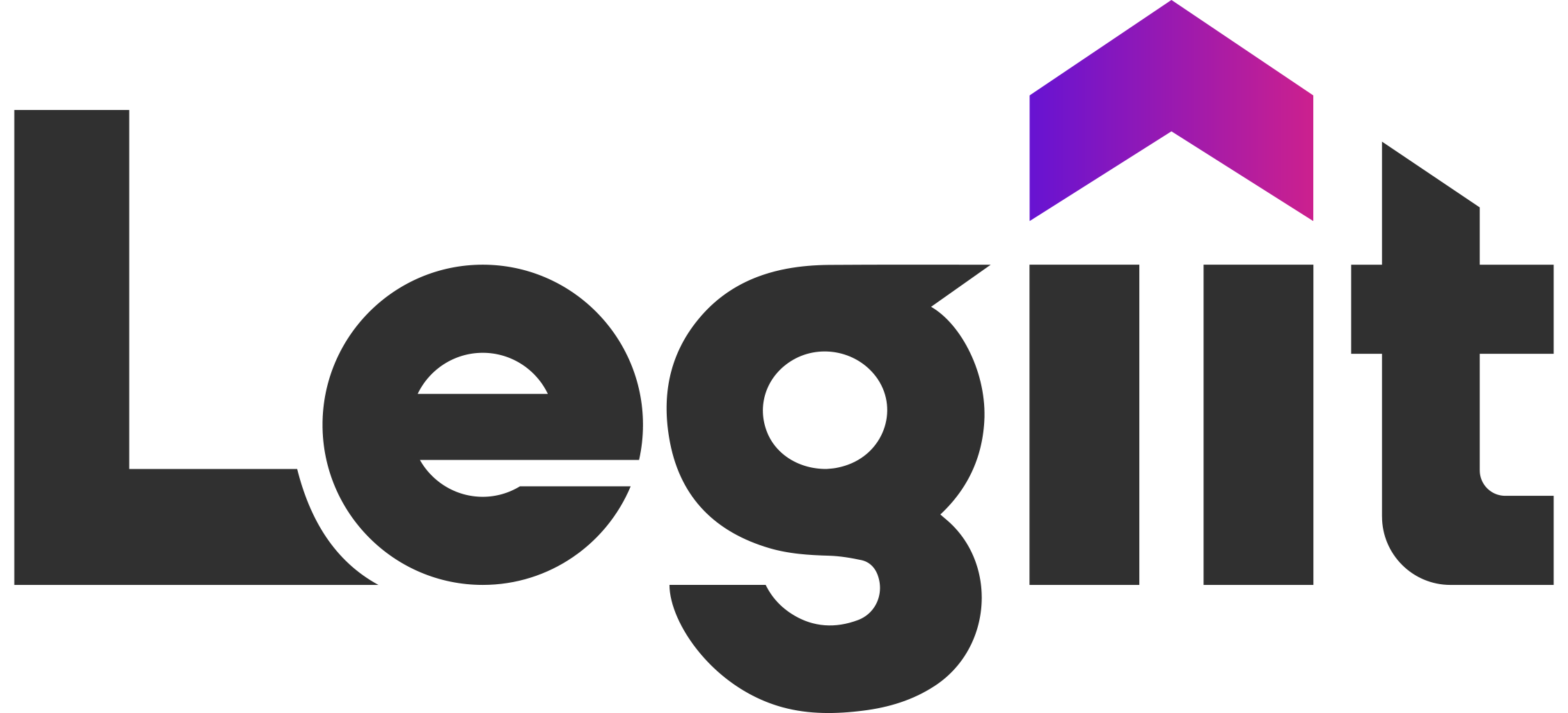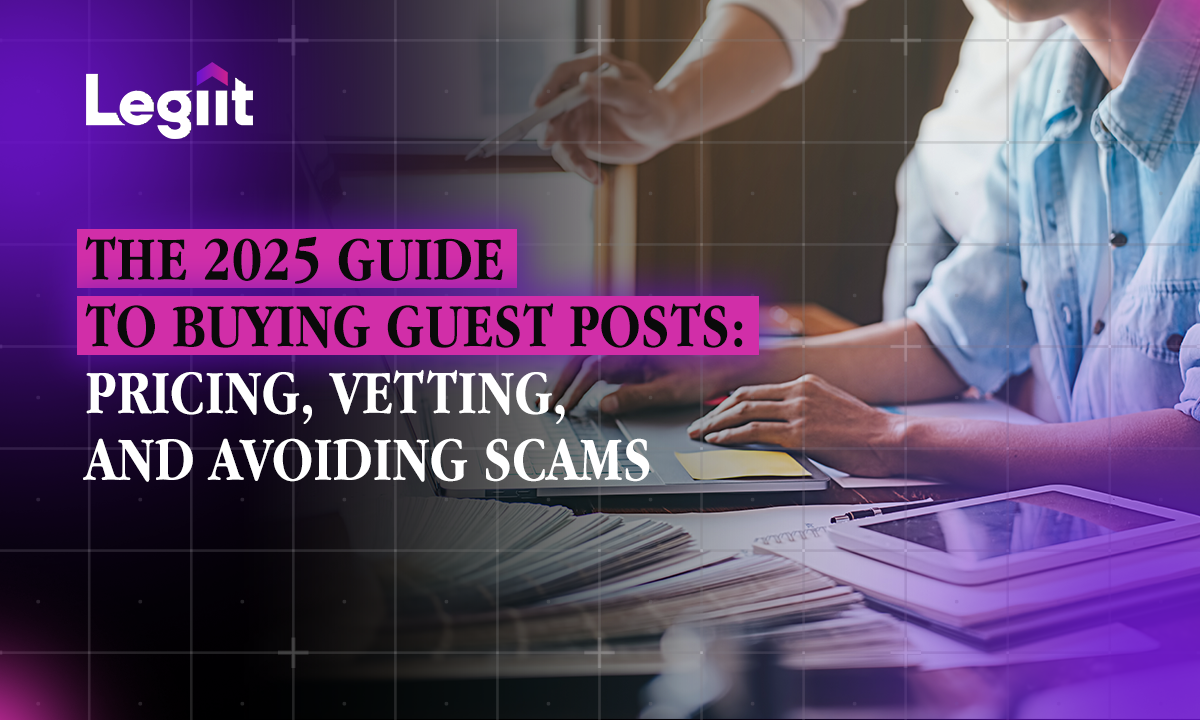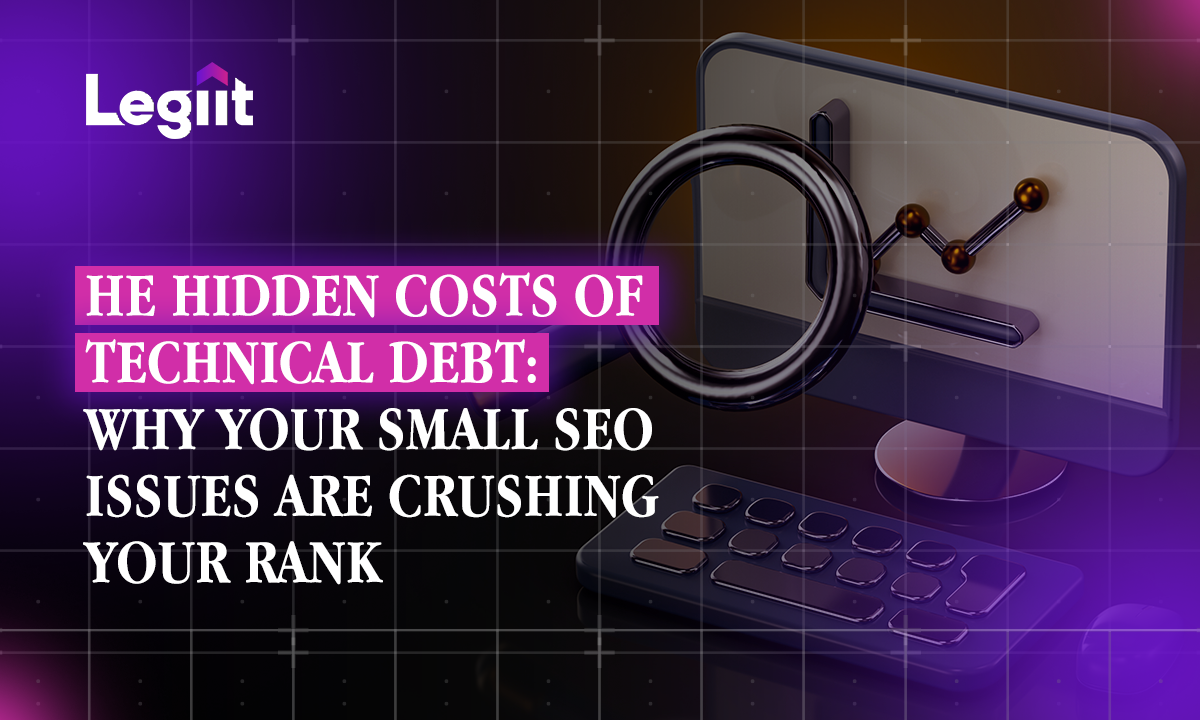Buying guest posts is a minefield. The market is flooded with low-quality "link farms" and sellers promising "High DA" links that are completely worthless. It's incredibly easy to waste your budget on links that do nothing, or worse, get your site penalized.
But when done right, buying guest posts is one of the fastest ways to build real authority, drive referral traffic, and grow your rankings.
This is your definitive playbook. This isn't just a list of sites; it's a masterclass in how to vet opportunities, spot red flags, and understand pricing. We'll give you the exact framework professionals use to avoid scams and buy guest posts that actually deliver a return on your investment.
Guest Post Buying: The Cheat Sheet
Here's the essential framework for buying guest posts safely in 2025:
- The #1 Rule: Traffic is the New Authority. A link from a site with real, verifiable organic traffic is 1,000x more valuable than a link from a "High DA" site with no audience.
- The Vetting Process: Your entire focus should be on audience relevance. Ask: "Is this a site my ideal customer would actually read?" If the answer is no, walk away.
- The Biggest Red Flag: Sites with no traffic, a "Write for Us" page that accepts any topic for a fee, and a backlink profile full of spammy links (casinos, pharma, etc.).
- The Goal: To find a long-term partner who provides high-quality placements, not a cheap vendor selling links from a public list.
On This Page:
- Is Guest Posting Still Worth It in 2025? (Real vs. Fake)
- The Ultimate 5-Point Vetting Checklist for Any Guest Post
- How Much Should You Really Pay for a Guest Post? (The 3 Tiers)
- Where to Buy: Direct Outreach vs. Agencies vs. Vetted Marketplaces
- Guest Post Buying FAQ
Is Guest Posting Still Worth It in 2025? (Real vs. Fake)
This is the most common question buyers ask, and the answer is a clear yes, but...
You must understand the difference between "real" and "fake" guest posting.
- "Fake" Guest Posting: This is what 90% of low-quality sellers offer. They sell you a link on a "link farm" or a PBN that has no real audience, no editorial standards, and exists only to sell links. This strategy is dead and will get you penalized by Google.
- "Real" Guest Posting: This is a marketing strategy. You are paying for the service of having a high-quality, relevant article placed on a real, legitimate website with an existing, engaged audience. The backlink is the byproduct of getting your brand in front of new customers.
In 2025, strategic, high-quality guest posting is more valuable than ever because it builds topical authority, drives qualified referral traffic, and signals to Google that you are a trusted brand.
The Ultimate 5-Point Vetting Checklist for Any Guest Post

Do not buy any guest post without running the website through this 5-point due diligence process. This is your shield against scams.
1. The Relevance Check: Is This Their Audience?
This is the most important question. A link from an irrelevant site is a weak signal.
- What to look for: A blog that serves your ideal customer profile. If you sell marketing software, you want to be on blogs that marketers and business owners read.
- How to check: Read their last 5-10 blog posts. Are they all laser-focused on your niche? Or do they cover everything from crypto to dog training?
- The Red Flag: A generic "business" or "lifestyle" blog that accepts posts on any topic. This is a link farm.
2. The Golden Metric: Does It Have Real, Stable Traffic?
A high DA/DR score is a vanity metric; real organic traffic is proof of Google's trust.
- What to look for: Use a tool like Ahrefs or Semrush. You want to see a graph with stable or growing organic traffic of at least 1,000+ visitors per month.
- How to check: Look at the traffic graph for the last 12 months.
- The Red Flag: A site with "DA 60" but "Organic Traffic: 150." This is a "zombie" domain with fake authority and no real audience.
3. The "Bad Neighborhood" Check: Who Do They Link To?
You are judged by the company you keep. If a site links out to spam, you don't want it linking to you.
- What to look for: A site that links out to other high-quality, relevant resources.
- How to check: Look at their recent posts. Are they linking to casino, payday loan, or pharma sites?
- The Red Flag: Any outbound links to spammy or toxic niches. This is a clear sign they sell links to anyone, and the site will likely be penalized.
4. The "Write for Us" Page Test: Is It a Gate or a Door?
A site's "Write for Us" page tells you everything about its standards.
- The Green Flag (A Real Gate): The page has strict, detailed editorial guidelines about content quality, tone, and topics. It doesn't mention prices or guarantee a link.
- The Red Flag (An Open Door): The page is just a price list. It offers "DA 20+ post for $50" or "DA 50+ post for $200." This is a public link farm.
5. The Seller Reputation Check: Are They a Partner or a Vendor?
When you buy from a marketplace, you are investing in the seller as much as the site.
- What to look for: A seller with a long, proven track record. On Legiit, you can see their full service history and read hundreds of verified, positive reviews from past buyers.
- The Red Flag: A brand-new seller with no history, or a seller with vague, unverified "testimonials" on their anonymous website.
Need Help Vetting Sites?
This 5-step process is time-consuming and requires professional tools. The safest and most efficient alternative is to hire a vetted professional on Legiit who already has a portfolio of high-quality, pre-vetted sites.
How Much Should You Really Pay for a Guest Post? (The 3 Tiers)
"How much to charge for guest posts?" is a common question, and the answer is: it depends entirely on the quality. Here is the 2025 breakdown.
Tier 3: The "Digital Landfill" ($50 - $200)
- What You Get: A link on a high DA/DR site with zero to low organic traffic. These are almost always PBNs or link farms with no editorial standards.
- The Risk: High. These links provide little to no value and can get your site penalized.
- The Verdict: Avoid this. You are wasting your money.
Tier 2: The "Workhorse" ($250 - $600)
- What You Get: A placement on a real blog with real organic traffic (e.g., 5,000 - 50,000 visitors/month) and good topical relevance.
- The Risk: Low. This is a legitimate marketing placement.
- The Verdict: This is the sweet spot for a sustainable, effective guest post strategy. It builds real authority and can drive referral traffic.
Tier 1: The "Trophy Placement" ($700 - $2,500+)
- What You Get: A placement on a major industry publication or top-tier blog (think Forbes, Entrepreneur, or a top niche site like HubSpot).
- The Risk: Very Low.
- The Verdict: This is a high-ROI investment. The value comes from the immense brand authority, credibility, and high-quality referral traffic, in addition to the powerful link.
Where to Buy: Direct Outreach vs. Agencies vs. Vetted Marketplaces
You have three main options for acquiring guest posts.
- Direct Outreach: You build your own team to find sites, vet them, and send personalized pitches. This is the "artisan" method. It's extremely time-consuming and has a high "hidden" cost (salaries and tools), but you have total control.
- Agencies: You hire a full-service agency that does the outreach for you. This is a great option, but often requires large monthly retainers ($3,000+) and long-term contracts.
- Vetted Marketplaces (The Smart Solution): A platform like Legiit gives you the best of both worlds. You get the on-demand convenience of a marketplace but can buy from individual, vetted freelancers with public, verified reviews. You get agency-level quality without the high cost or long-term commitment.
Guest Post Buying FAQ
Is guest posting worth it in 2025?
Yes, but the strategy has changed. Low-quality guest posting on irrelevant "link farms" is worthless. Strategic guest posting on high-traffic, relevant, and authoritative blogs is one of the most powerful and sustainable ways to build authority and drive growth.
Is guest posting real or fake?
Legitimate guest posting, where you provide real value to another site's audience in exchange for a link, is a very real and effective marketing strategy. "Fake" guest posting refers to buying links from worthless, low-quality sites that exist only to sell links. This is why a rigorous vetting process is so essential.
Which platform is best for guest posting?
The best platform is one that offers transparency, variety, and real social proof. A marketplace like Legiit is ideal because you can compare hundreds of different sellers, see their full work history, and read verified reviews from past buyers before you make a decision.
How much should I charge for guest posts?
If you are a seller, you should price your service based on the value you provide. This includes the quality of your content, the site's organic traffic, its topical relevance, and its audience engagement. Do not compete on price; compete on quality and results.
What is the 80/20 rule for blogging?
The 80/20 rule for blogging (and content marketing) states that you should spend 20% of your time creating content and 80% of your time promoting it. Guest posting is one of the most effective promotion activities you can do.
Stop Guessing. Start Vetting.
The key to a successful guest posting strategy is to stop buying "links" and start investing in "placements." Use this guide to vet every opportunity and focus only on sites that offer real, tangible value.
Instead of navigating this complex vetting process alone, you can hire a professional on Legiit who specializes in securing high-quality placements. Browse services from top-rated sellers who already have relationships with the high-traffic blogs you want to be on.














 Download
Download